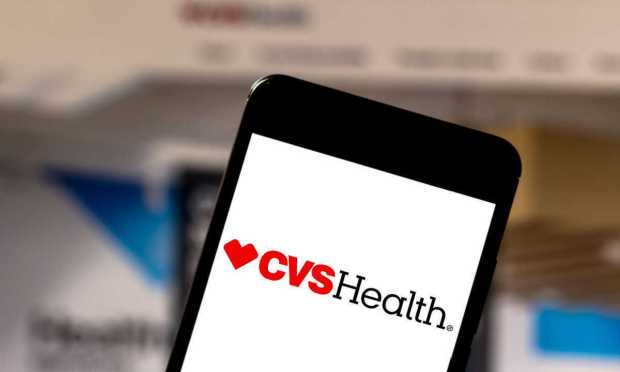CVS Adds 11M Digital Customers in Push for Omnichannel Engagement

CVS Health said Wednesday (Nov. 2) that investments in its digital platforms aimed at driving omnichannel engagement appear to be paying off, as its online user base grew by 30% over the past year.
“2022 has been an important year for growing our digital presence and capabilities,” CVS Health CEO Karen Lynch told investors and analysts on the company’s third-quarter earnings call, pointing to the addition of approximately 1 million new digital customers in the past three months, and an 11 million increase in the last year.
“Our digitally-led omnichannel health approach prioritizes experience that matter most for consumers,” Lynch added.
Part of this digital strategy centers on meeting customers’ demand for convenience by offering home delivery. In a presentation accompanying the call, the pharmacy shared its aim to “advance all-payer primary care delivery capabilities,” a goal for which the company appointed a president of its new Health Care Delivery organization, Dr. Amar Desai, last month.
Additionally, Lynch shared that CVS “recently launched” new features offering a better digital experience when it comes to filing and managing prescriptions.
These efforts come as pharmacy chains compete to win share of consumers’ (and their insurance companies’) healthcare spending by making the experience as user-friendly as possible, aiming to meet consumers’ increasing demand for intuitive, digital options.
Indeed, research from PYMNTS’ August study, “The ConnectedEconomy™: Omnichannel Healthcare Takes Center Stage,” created in collaboration with CareCredit, which draws from a July survey of a census-balanced panel of more than 2,700 U.S. consumers, finds that more than half engage in healthcare-related activities digitally. Specifically, the study found that 7% engaged solely through digital channels, and 46% engaged both through digital and in-person channels.
Get the study: The ConnectedEconomy™: Omnichannel Healthcare Takes Center Stage
Moreover, 14% of consumers reported that they access online-only healthcare every week, and an additional 9% reported doing so daily. Plus, about two-thirds of consumers reported that they had used a website or app associated with in-person healthcare providers to access information, appointments, lab results or make payments.
Competitor Rite Aid, for one, reported in September that it saw a “70% year over year growth in our first-party, third-party and delivery marketplaces,” according to a presentation shared with analysts.
Meanwhile, multinational pharmacy company Walgreens Boots Alliance touted on a call last month discussing its fourth-quarter fiscal year 2022 results that Walgreens’ loyalty program, myWalgreens, saw membership exceed 102 million in the quarter.
In fact, loyalty programs can be a significant driver of merchant choice for a wide share of pharmacy customers, according to data from a January PYMNTS study, “Decoding Customer Affinity: The Customer Loyalty to Merchants Survey 2022,” a collaboration with Toshiba. The study, which drew from a survey of more than 2,000 U.S. consumers, found that 42% of pharmacy customers agree that the availability of loyalty programs with rewards they like that would improve their loyalty to merchants.
Read the full report: Decoding Customer Affinity: The Customer Loyalty to Merchants Survey 2022
